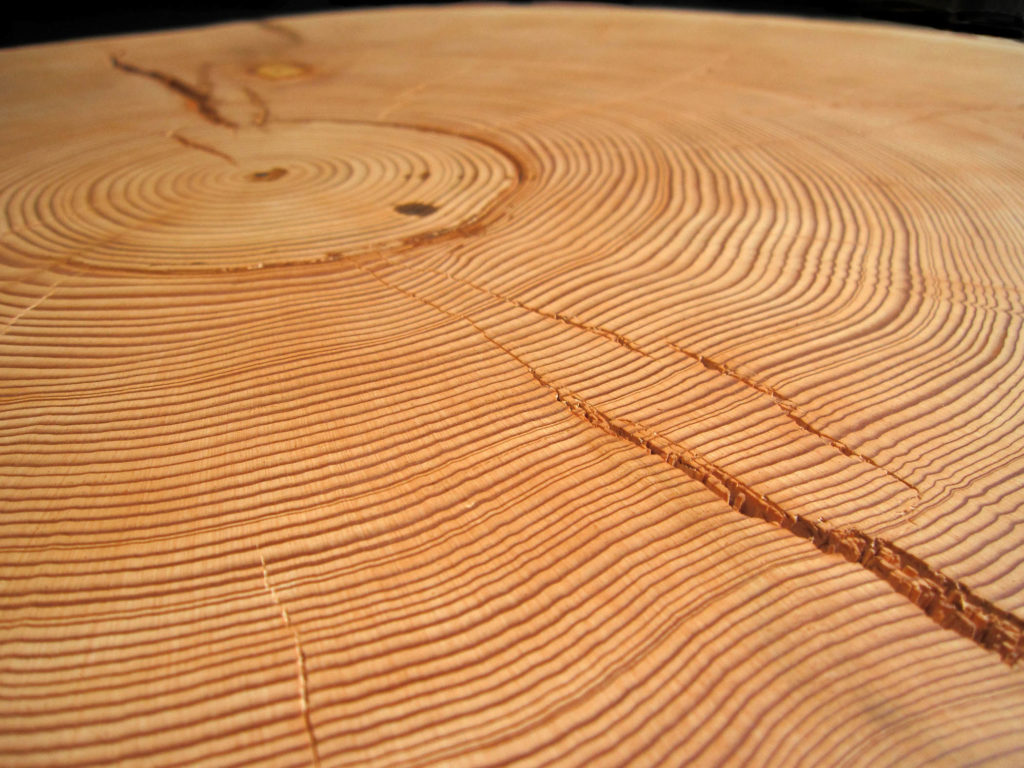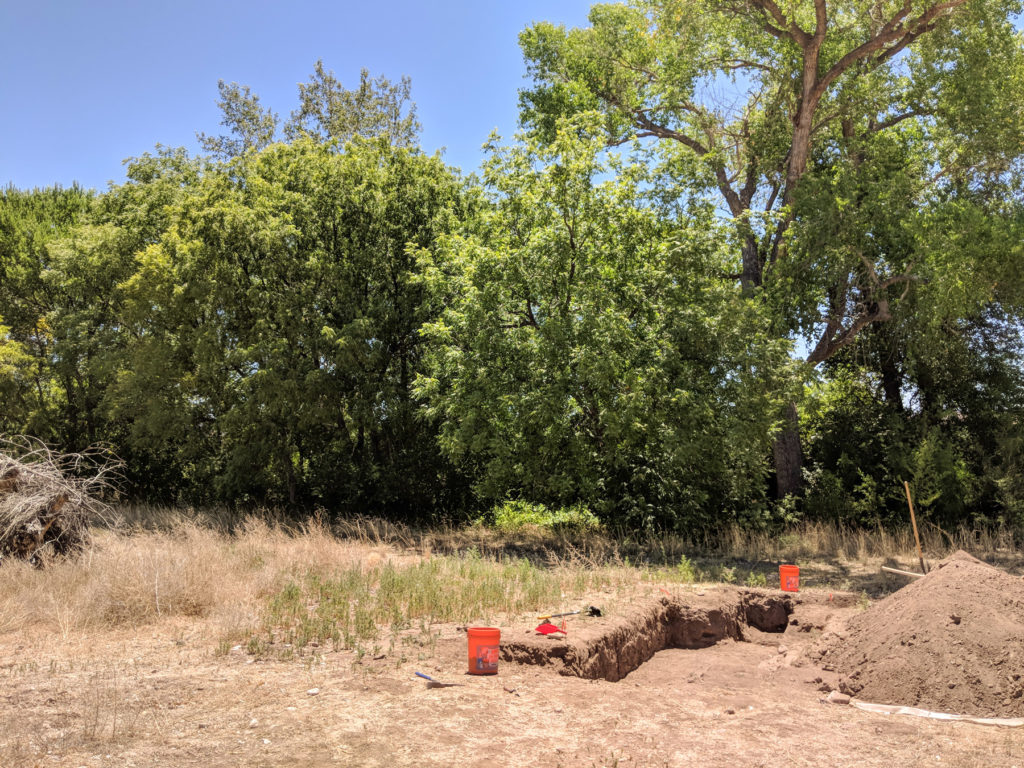- Home
- >
- Preservation Archaeology Blog
- >
- Learning about Tree-Ring Dating

(July 16, 2018)—As a student employee of the Arizona State Museum, I already have a bit of experience handling archaeological material after it has been excavated and analyzed. This field school has given me firsthand insight into the earlier parts of the archaeological process, such as digging and recovering artifacts in the field.
My interest in archaeology began at a young age, and even as a small child I was always intrigued and impressed by items and events related to history, especially those things that ancient peoples built or made. To me, one of the coolest things about archaeology is how archaeologists are able to date artifacts and places that have no written history associated with them.
Archaeologists use a variety of dating methods. Most tend to fall into two broad categories: absolute (chronometric) dating and relative dating. Relative dating methods rely on concepts such as superpositioning, which is the idea that, generally, things buried deeper in the earth are older than things above them. Chronometric dating is more exact, returning an actual date range such as AD 1300–1450. Perhaps the most exact, in terms of the range of years given, is dendrochronology or tree-ring dating, which may be used to determine the exact year the tree was cut down.

Tree-ring dating works by matching a sample containing tree rings, such as a piece of charcoal with visible tree rings or a wooden support beam, against a database containing a record of tree-ring patterns that goes back more than a thousand years. Because certain species of trees add a thick or a thin growth ring each year depending on the weather, the distinctive ring pattern may be matched to the master database. Importantly, not all trees can be tree-ring dated, as only those that are dependent on seasonal rains will produce variations in their rings. Each species that may be dated in this way has to have its own database associated with it, as the rate of growth and ring production tends to vary across different species. In the southwestern United States, some of the common species that may be tree-ring dated are pinyon and juniper, as well as ponderosa pines.
Unfortunately for me and the rest of the field school crew, the main sources of wood used for fires and for structural support beams at our site come from trees like cottonwoods, which grow near permanent water sources. These do not have much variation in their ring thickness and cannot be dated using dendrochronology. But my hope is not lost, because at this field school I have learned of a method of radiocarbon dating called wiggle matching that is being developed and may prove useful in dating tree-rings with more precision than traditional radiocarbon dating, including rings from species that cannot be dated using dendrochronology. One day soon, sites like ours that have a wide date range associated with them may eventually be dated with much more precision.
